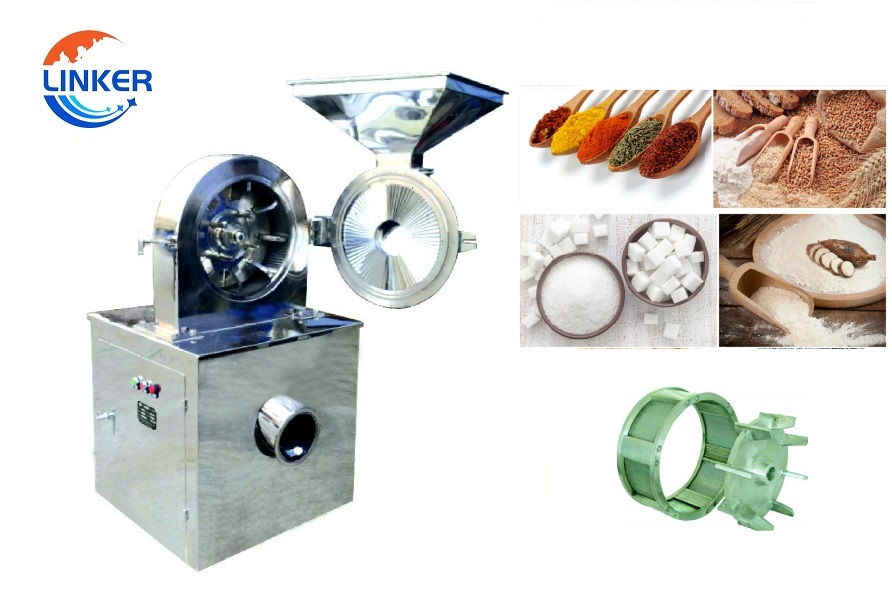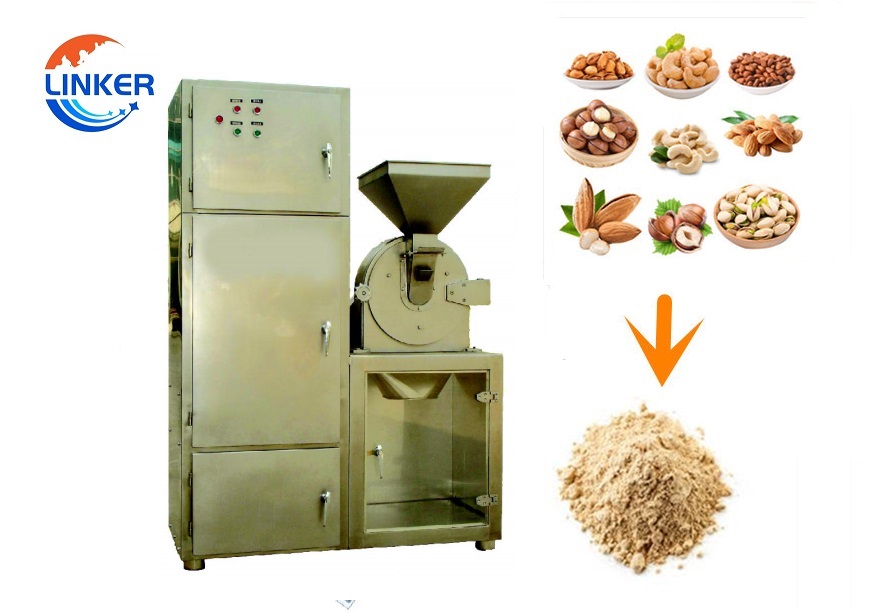A pulverizer is a machine that grinds and crushes materials into fine powders or particles for use in various industrial processes. Pulverizers are commonly used in industries such as food and beverage, pharmaceuticals, chemicals, mining, and construction. There are several types of pulverizers, including ball mills, hammer mills, and impact mills, each with their own unique features and advantages. Pulverizers can be used to grind a wide range of materials, including minerals, chemicals, food ingredients, and waste materials. The specific application of a pulverizer will depend on the type and model, as well as the specific needs and requirements of the user.
Food Grinder
Chemical Grinder
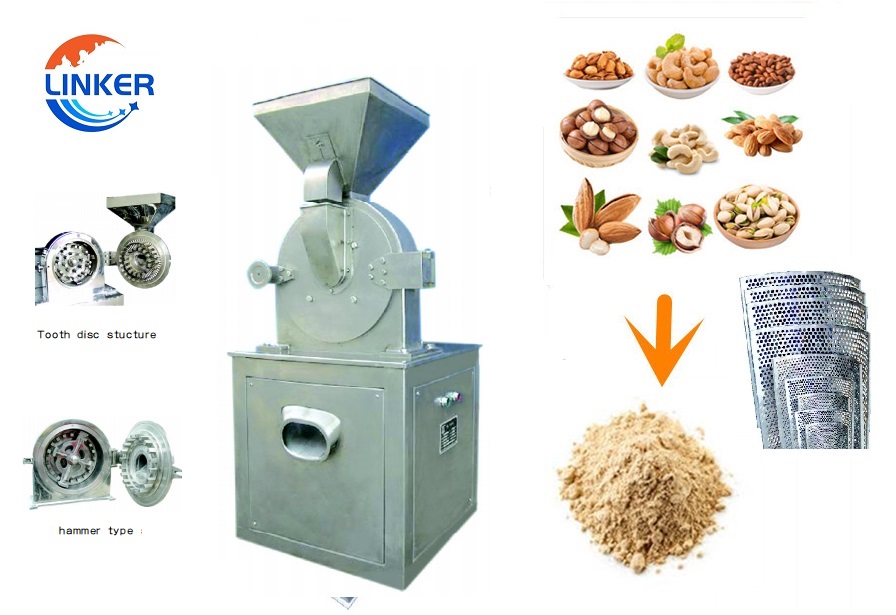
Recover
KHWF Universal Grinder
- Production Capacity:20-3500kg/h
- Feeding Size:6-15mm
- Crushing fineness:10-150mm
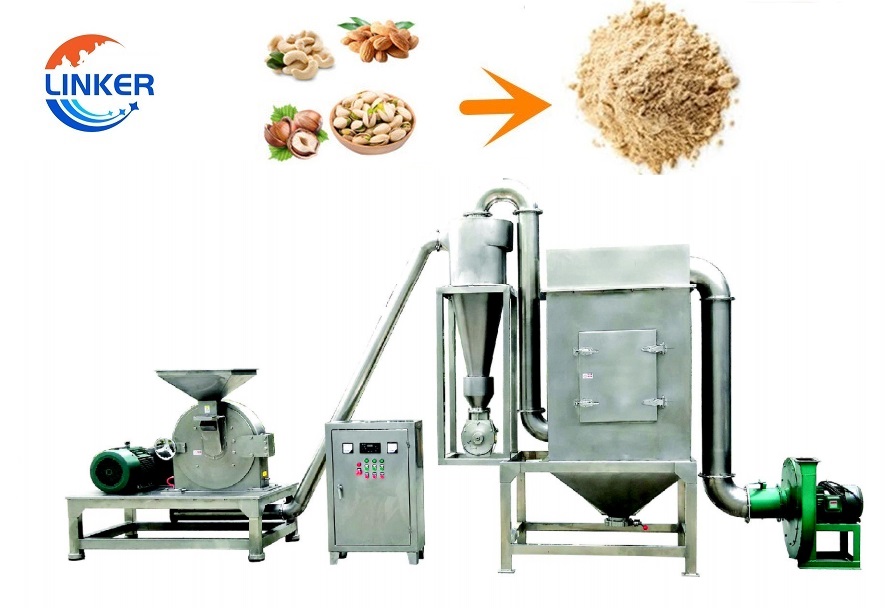
Recouperate
WF Pulse Dust Grinder
- Production Capacity:20-3500kg/h
- Feeding Size:6-15mm
- Crushing fineness:10-150mm
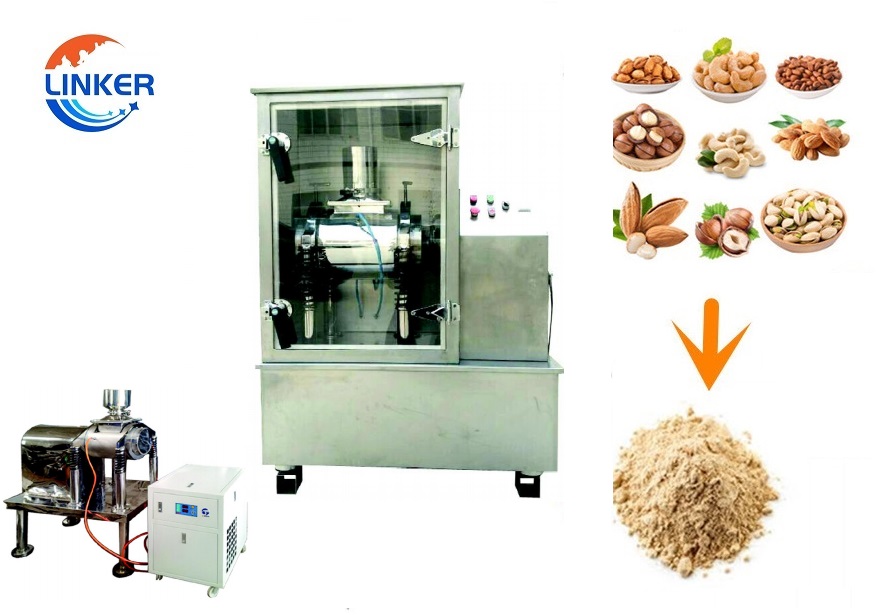
Recover
Ultrafine Grinding Vibration Mill
- Production Capacity:2.5-80kg/h
- Feeding Size: ≤ 2 or ≤ 3mm
- Crushing fineness:<10μm
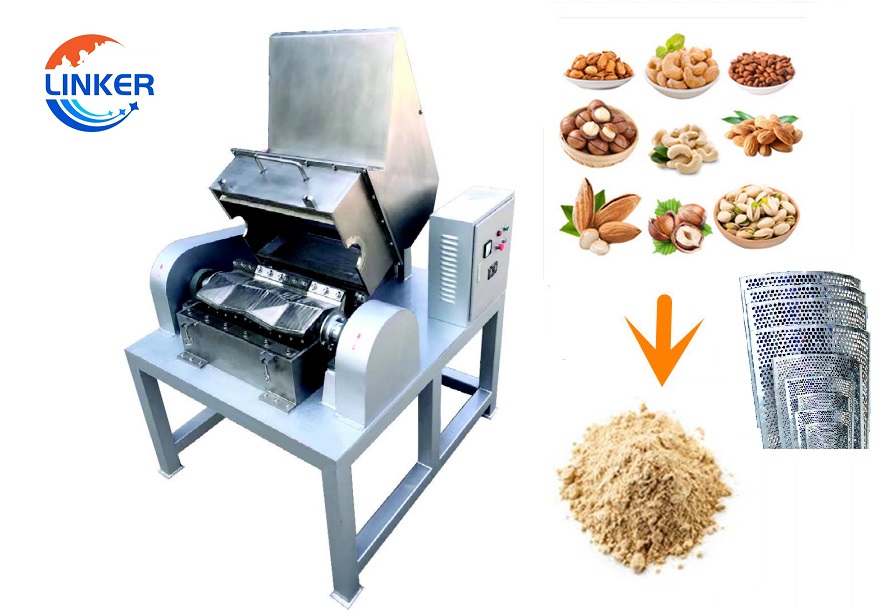
Recouperate
KH High Coarse Crusher
- Production Capacity:10-2200kg/h
- Feeding Size:≤ 100
- Crushing fineness:0.5-20
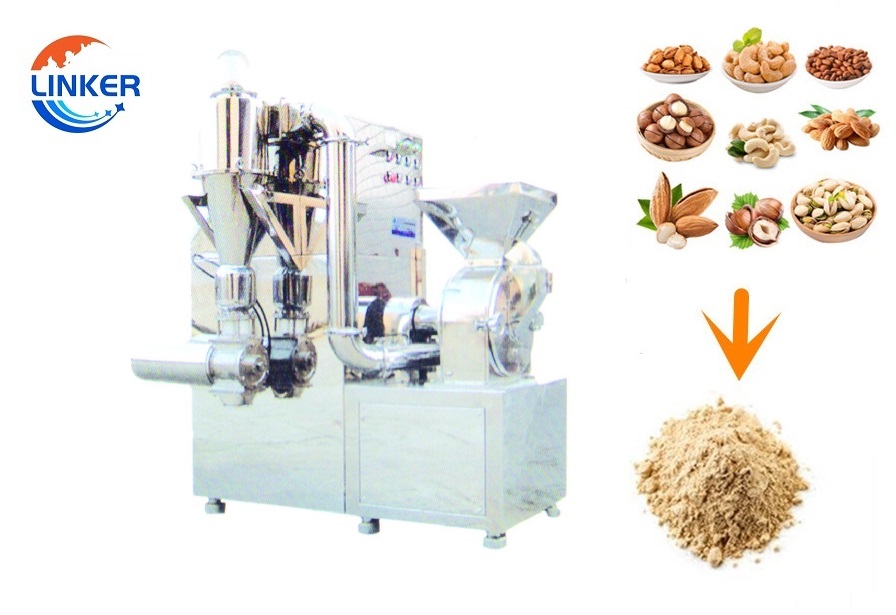
Relax
WFJ Chinese Medicine Grinder
- Production Capacity:5-80kg/h
- Crushing fineness:80-200mesh
- Spindle speed:3800-4500mm
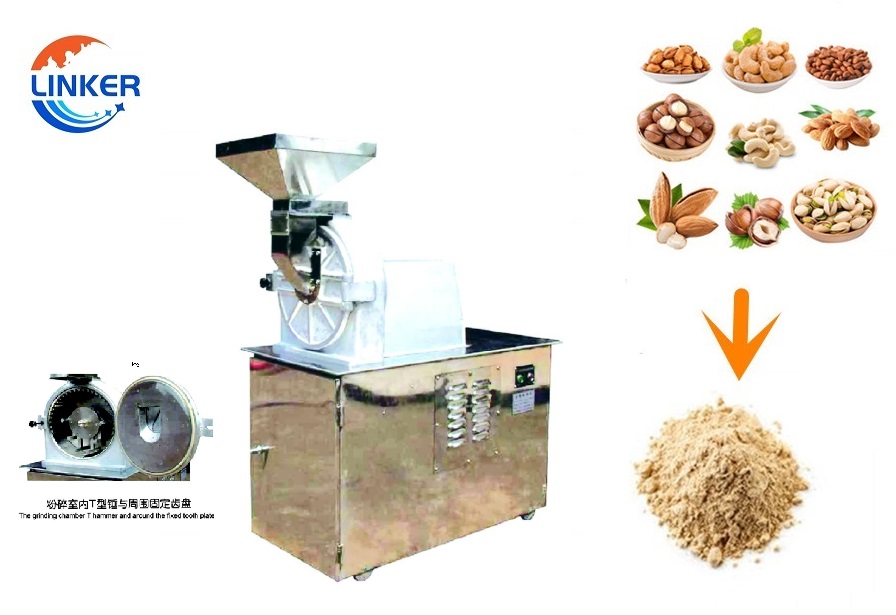
Recover
SF Hammer Mill Grinder
- Production Capacity:2-3000kg/h
- Crushing fineness:10-120mesh
- Spindle speed:3800-7000mm
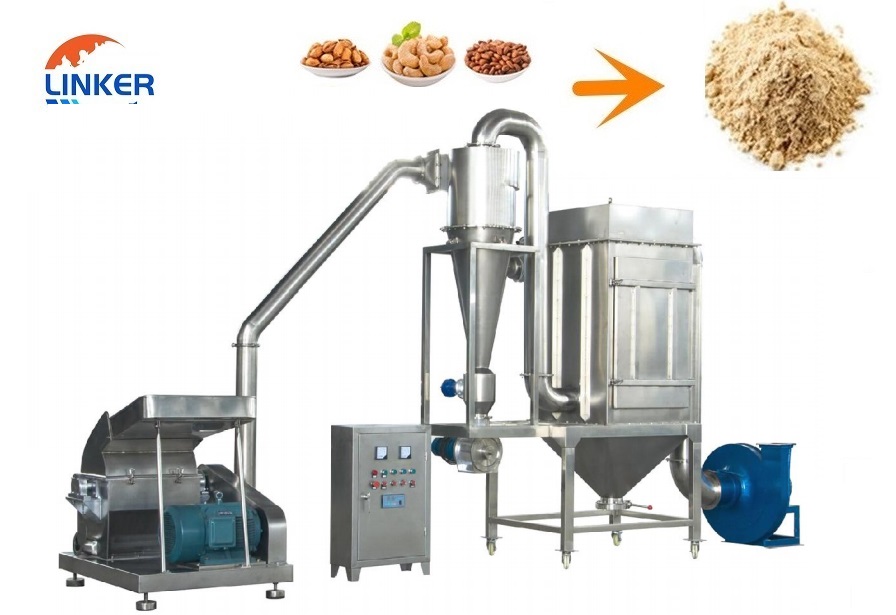
Recouperate
GFSJ High Efficient Mill
- Production Capacity:10-550kg/h
- Crushing fineness:12-120mesh
- Adjustable speed:1000-4400mm
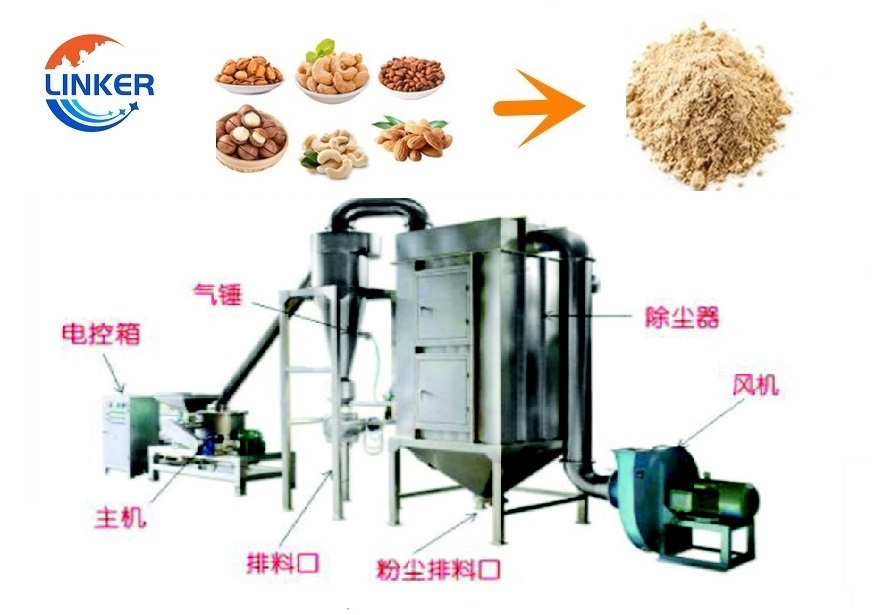
Relax
WFJ150 Turbine Mill
- Production Capacity:20-2000kg/h
- Feeding Size: 6-15mm
- Crushing fineness:60-150mesh
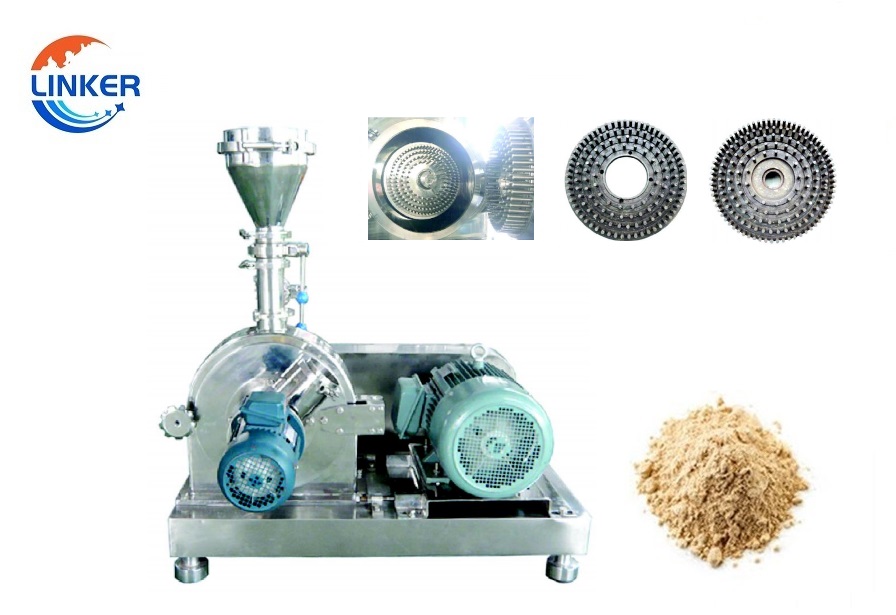
Recover
KHP Ultrafine Grinding Impact Mill
- Production Capacity:2-3000kg/h
- Crushing fineness:20-325mesh
- Spindle speed:2800-7500mm
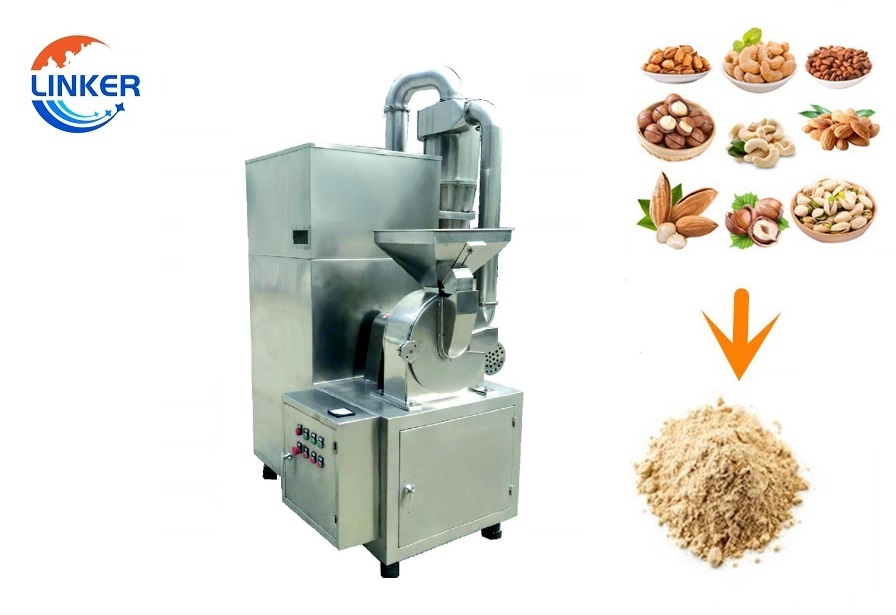
Recouperate
WF120 Winnowing Dust Grinder
- Production Capacity:10-1500kg/h
- Crushing fineness:20-120mesh
- Spindle speed:2200-5000mm
About LKMixer
LK Mixer is a professional manufacturer for fertilizer production line, grinder, mixer and granulator, shredder. These machines are widely used in food, pharmaceutical, cosmetic, health care products and chemical industries. The Food materials like Peanut, mushroom, seeds, potato, bean, tobacco, salt, cannabis, tea, Sugar, corn, Coffee, rice, pepper, grain as so on. Grinders have many types such as Pulse Dust Grinder which suitable for zero pollution environment, Turbine Mill which is suitable for coffee bean, 12-120mesh all can meet, Ultrafine Grinding Mill covers 80-200mesh, and also Winnowing Dust Grinder or other grinding machines like SF Hammer. Welcome to contact us for details.
A crusher is a machine that pulverizes large solid materials to required sizes. The crusher is composed of coarse crushing, fine crushing, wind conveying and other devices. It is to achieve the purpose of the crusher in the form of high-speed impact. The traditional screening process is eliminated by using wind power to produce powder once. Mainly used in mining, building materials and other industries.
According to the size of the crushed material or the crushed material. Pulverizer can be divided into coarse crusher, pulverizer, ultra-fine pulverizer.
In the process of crushing the external force imposed on the solid shear, impact, rolling, grinding four. Shear is mainly used in coarse crushing (crushing) and crushing operations, suitable for the crushing or crushing of ductile or fibrous materials and bulk materials; Impact is mainly used in crushing operations, suitable for crushing brittle materials; Grinding is mainly used in high fineness grinding (ultra-fine grinding) operations, suitable for most of the properties of materials for ultra-fine grinding operations; Grinding is mainly used for ultrafine grinding or super large grinding equipment, suitable for further grinding operation after grinding operation.
According to the required material fineness D90 standard (90% of the material reaches the predetermined fineness) can be divided into crusher (below 60 mesh), pulverizing machine (60-120 mesh), ultrafine pulverizing machine (120-300 mesh), ultrafine pulverizing machine (more than 300 mesh).
In the process of crushing the external forces imposed on the material are rolling, shearing, impact (strike), grinding four. Press rolling is mainly used in coarse, medium crushing, suitable for hard material and large material crushing; Shear is mainly used in crushing or crushing, suitable for crushing toughness or fibrous materials; Impact (strike) is mainly used in crushing and depolymerization, suitable for the crushing of brittle materials; Grinding is mainly in ultrafine grinding and ultrafine grinding, suitable for ultrafine grinding after middle fineness grinding.
Large crusher (with the same crushing fineness under the premise of higher output equipment) is mainly suitable for metallurgy, building materials, chemical industry, mining, highway construction, water conservancy and hydropower, refractory materials, iron and steel and other industries of mineral materials crushing processing.
Small grinder (with the same crushing fineness under the premise of low output equipment) is mainly suitable for food, chemical, medicine, greening, sanitation, and other industries of material crushing treatment.
Coarse crusher is mainly used for crushing pretreatment operations in various industries. Its role is mainly to process the material with larger diameter (5-10cm) to the granular material with smaller diameter (5-10mm).
The grinder is mainly used in various industries of medium fineness grinding operations, its role is to process granular materials to the diameter of medium fineness powder, for subsequent processing or as product finished products.
Superfine mill is mainly used for superfine grinding operation in most industries. It is to pulverize the material after grinding operation again to achieve the required material diameter, mainly used for raw material processing of high-end products.

